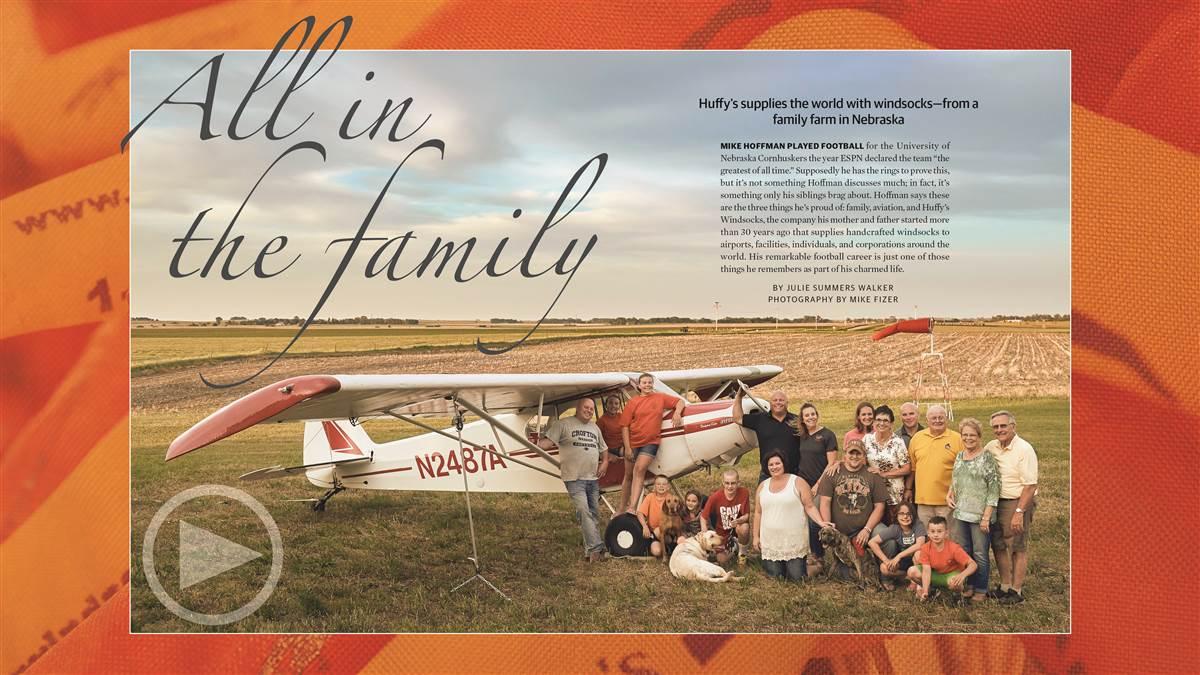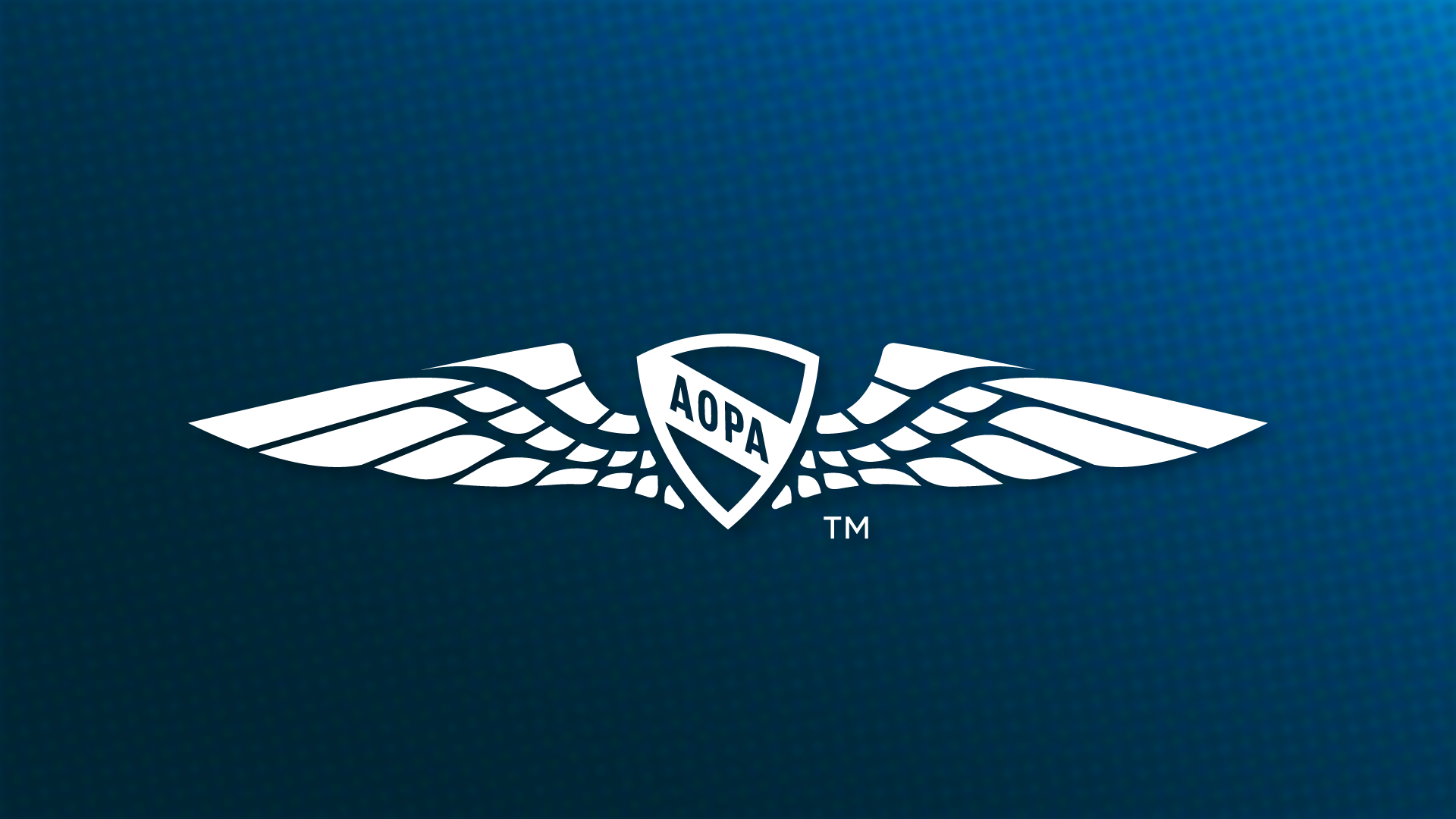Letters
From Our August 2017 Issue
News you can use
Who wouldn’t want to save fuel? Pilots delighted in Editor at Large Dave Hirschman’s explanation of the “least wasteful way of wasting fuel.”
About four years ago I was privileged to see one of Max Conrad’s record-setting Piper Comanches at the Mid-America Air Museum in Liberal, Kansas. This museum is a gem that doesn’t get nearly enough visitor traffic. For years I have been a fan of Max’s skill at getting the most out of a gallon of gas. Dave Hirschman’s recent article (“P&E: Slow Burn”) finally gave me some useful tools that I can use to calculate in my head my best speed to fly. This is one of the most useful articles I have read in a long time. Thank you and Mr. Carson. This was definitely “news I can use.”
Mike Bailey
AOPA 7103728
Lihue, Hawaii
Dave Hirschman’s P&E article “Slow Burn” was fantastic. I teach my students that sometimes you can fly faster by flying slower, if it saves you the time of a fuel stop. However, I have never had “good numbers” for that (other than to drag out the cruise charts from the pilot’s operating handbook)—until now.
Just one thought: No one wants to multiply by 1.32 in their head. My recommendation for the “on the fly” calculation of Carson speed is to add a third to best glide. Given the inherent limitations of the airspeed indicator, that will probably be close enough. If you really want more precision, subtract one knot from the answer for each 100 knots, rounded to the nearest hundred. Both of these calculations can easily be done in your head while flying.
Peter L. Row
AOPA 1116973
Amherst, New Hampshire
Built for fun
I was super excited to see the Pietenpol Air Camper on the first page of August’s AOPA Pilot magazine (“Smile Maker”)—the only thing better would have been to see it on the cover. If we want to see more people flying, the “voice of general aviation” needs to speak louder about affordable and realistic airplanes. This is a big step in the right direction. Keep it up.
Jake London
AOPA 10123943
Monterey, California
Turtle tale
The first question in the August “Test Pilot” referring to the Truculent Turtle took me back some 30 years to a time when I was working with Piasecki Aircraft Corp. in suburban Philadelphia. As I was getting ready to start for home in Rockville, Maryland, one Friday afternoon, Frank asked if I could take Tom Davies, a retired rear admiral, to his home in Potomac, Maryland. Tom was the pilot in command of the Truculent Turtle. I enjoyed every minute of the trip home.
On the drive, he gave me an account of that historic flight. In addition to taping all gaps and unnecessary holes in the aircraft skin, he had a 500-gallon tank installed in the fuselage right under the wing. As fuel burned, they periodically pumped measured amounts of fuel from the other tanks into that center tank. As they were approaching Columbus, Ohio, all the other tanks were empty and he was convinced, based on fuel transferred and burn rates, that there was enough fuel in the center tank to reach Andrews Air Force Base. They landed at Columbus, the declared destination.
Upon landing, the first priority was to drain that tank. There was, indeed, enough fuel to have reached Andrews.
John C. Vaughan
AOPA 1114502
Frederick, Maryland
Giving a boost
I was a bit surprised by the comment of Dan Blackwell regarding turbocharging, air conditioning and TKS de-icing systems for the Ultimate Bonanza (“As New at Far Less Cost”). How many hours does Mr. Blackwell have in deiced, air conditioned, turbonormalized Bonanzas? I am interested in the science of his experience, not a “gut feeling” or the numbers about payload. My experience has been that the TKS system handles ice very nicely, that it routinely gives you plenty of time to exit the ice, and, combined with turbonormalizing, makes the A36 a more capable and safe airplane. The improved safety margin and utility has been very apparent to me, it is rare that there is icing of any significance when predicted and it isn’t everywhere.
Turbonormalizing boosted real cruise speeds to just under 200 knots have allowed me to climb over weather, take advantage of tailwinds, and even gain a little capability at lower altitudes. The older air-conditioning systems of the Bonanzas were poorly conceived and engineered. However, the aftermarket every-seat-covered, thermostatic controlled option is the way to go. It made my Bonanza an easy choice for business and pleasure flying in comparison to the airlines in most trips up to 1,000 nautical miles. In my normally aspirated Bonanza I limit my trips to 500 miles. It is my concern that Mr. Blackwell is not a proponent of these amazing technologies as they could easily make this airplane outstrip any competitor in this category—with six seats to boot.
Steven B. Siepser
AOPA 629005
Coatesville, Pennsylvania
How you learn
I have been asked many times by potential student pilots what it takes to get a certificate (“Proficient Pilot: Creative Instructing”). After going through what I consider the “mechanical” issues, i.e. finding an airport, flight school, instructor, club, et cetera, I always follow strongly with “Understand how you learn.”
Only when students understand how they learn can they match up with a suitable instructor. If the student can read something and then do it, great. Hit the books. If a video is all that is needed, crank up the computer. If experiencing the activity is the way to go, do that first. I have had some great instructors. I have also wasted a lot of dollars and time with instructors who could only teach one way.
Articulate your needs/preferences to the instructor and keep looking for one that can complement your needs.
Joe Hass
AOPA 1135193
Rochester Hills, Michigan
One of these things
Barry Schiff’s answer to question 4 in “Test Pilot” (Which of the following does not belong? A. chandelle B. Immelmann turn C. lazy eight D. wingover) is a correct answer, but it is not the only correct answer. The Immelmann is the only maneuver that involves inverted flight and therefore does not belong with the other three items.
Stanley Kalemaris
AOPA 425605
Melville, New York
 Wonderful story (“All in the Family”). I had godsons grow up in Spencer, Nebraska, and love the peaceful living. What a dream for this family to come home.
Wonderful story (“All in the Family”). I had godsons grow up in Spencer, Nebraska, and love the peaceful living. What a dream for this family to come home.
Marcia Matthies
Lincoln, Nebraska
Erratum
A caption in “One Artist to Another” (September 2017 AOPA Pilot) incorrectly identified Bill and Brenda Allison as the original owners of the AOPA Sweepstakes Super Cub. They are the former owners. AOPA Pilot regrets the error.
 When Chris Rose pitched the story on Red Bull’s Flugtag in Pittsburgh, Pennsylvania, he saw the family-friendly event as a perfect place to take his girls, Keaton, 13, and Emerson, 12, on a photo mission. The two girls not only enjoyed spending the day watching their father work, they pitched in, too. On the media boat each girl had a camera and assisted Chris, capturing the images of flying contraptions launching off the 22-foot-high pier into the water. Dad may have some competition. Did they enjoy
When Chris Rose pitched the story on Red Bull’s Flugtag in Pittsburgh, Pennsylvania, he saw the family-friendly event as a perfect place to take his girls, Keaton, 13, and Emerson, 12, on a photo mission. The two girls not only enjoyed spending the day watching their father work, they pitched in, too. On the media boat each girl had a camera and assisted Chris, capturing the images of flying contraptions launching off the 22-foot-high pier into the water. Dad may have some competition. Did they enjoy 

